Sorry for the delay in responding to your questions. The “chewing” damage we see could have been caused by one of several insects, or slugs/snails. If you know you don’t have slugs/snails, then we suggest you look for grasshoppers and other insects, like beetles. Grasshoppers, in large numbers can do alot of damage, so you’ll want to watch for them, but sometimes its only one that feeds and then moves on. They’re hard to catch and control with pesticides so we recommend you look for them every other day or so in case they’ve laid eggs (they sometimes blend in with the foliage very well) and if you begin to see multiple insects and can’t catch them to dispose of them, you could consider a pesticide. It would have to be either systemic or have a long residual to be effective. We’ve included a link about grasshoppers, and one about snails and slugs, to help you determine if its one of them. Baits formulated for control of slugs and snails are only effective if used exactly right, and some can be very toxic to other organisms (children included). Non-chemical methods are more effective for the long term. The best way to control them is to trap them. You can easily make traps out of melons (carved out, after eating them) or just about anything that will provide a dark, moist place for them to hide under during the day in your garden. (make sure they have room to slither under the trap!) Then you just pick up the trap every day, and dispose of the ones you’ve caught; then repeat until you think you’ve got them. Beware that one snail/slug can lay lots of eggs in the soil, so regular cultivation or tilling of the soil surface helps to eliminate the eggs (and helps with weeds too)!
http://www.ipm.ucdavis.edu/PMG/PESTNOTES/pn74103.html
http://www.ipm.ucdavis.edu/QT/snailsslugscard.html
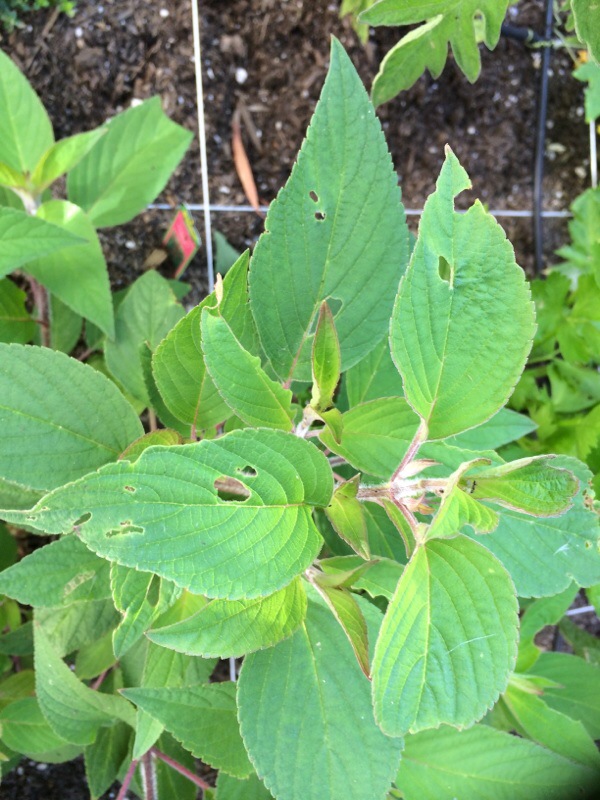
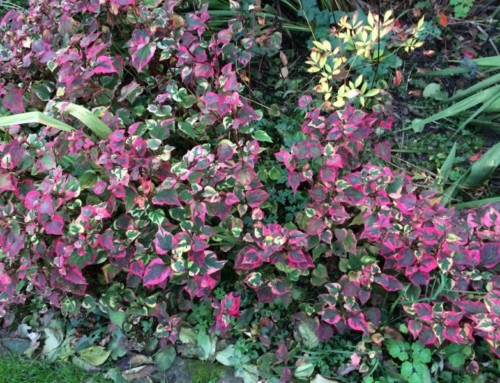
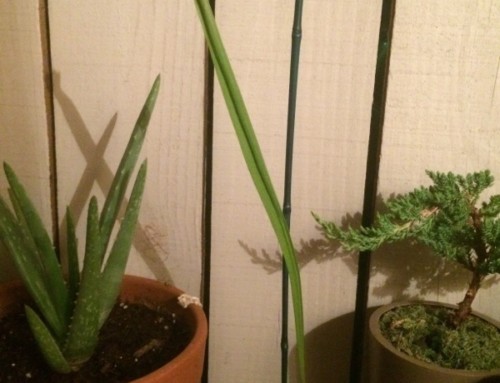
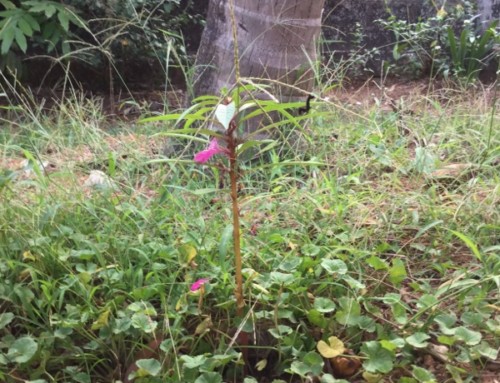
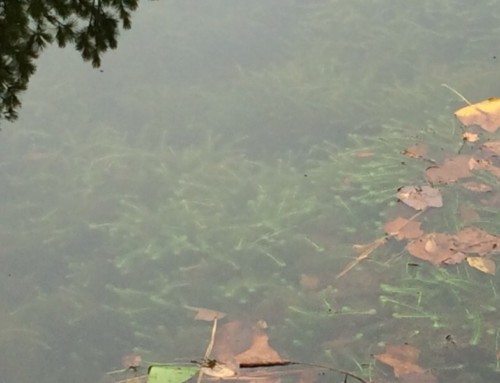
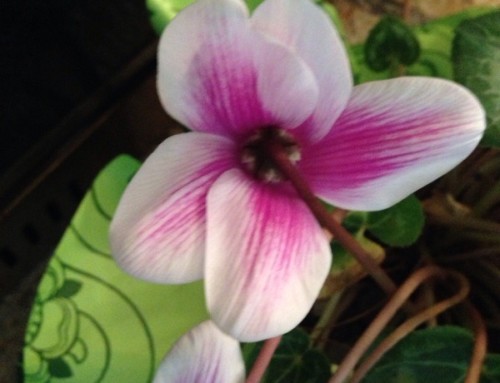
Leave A Comment